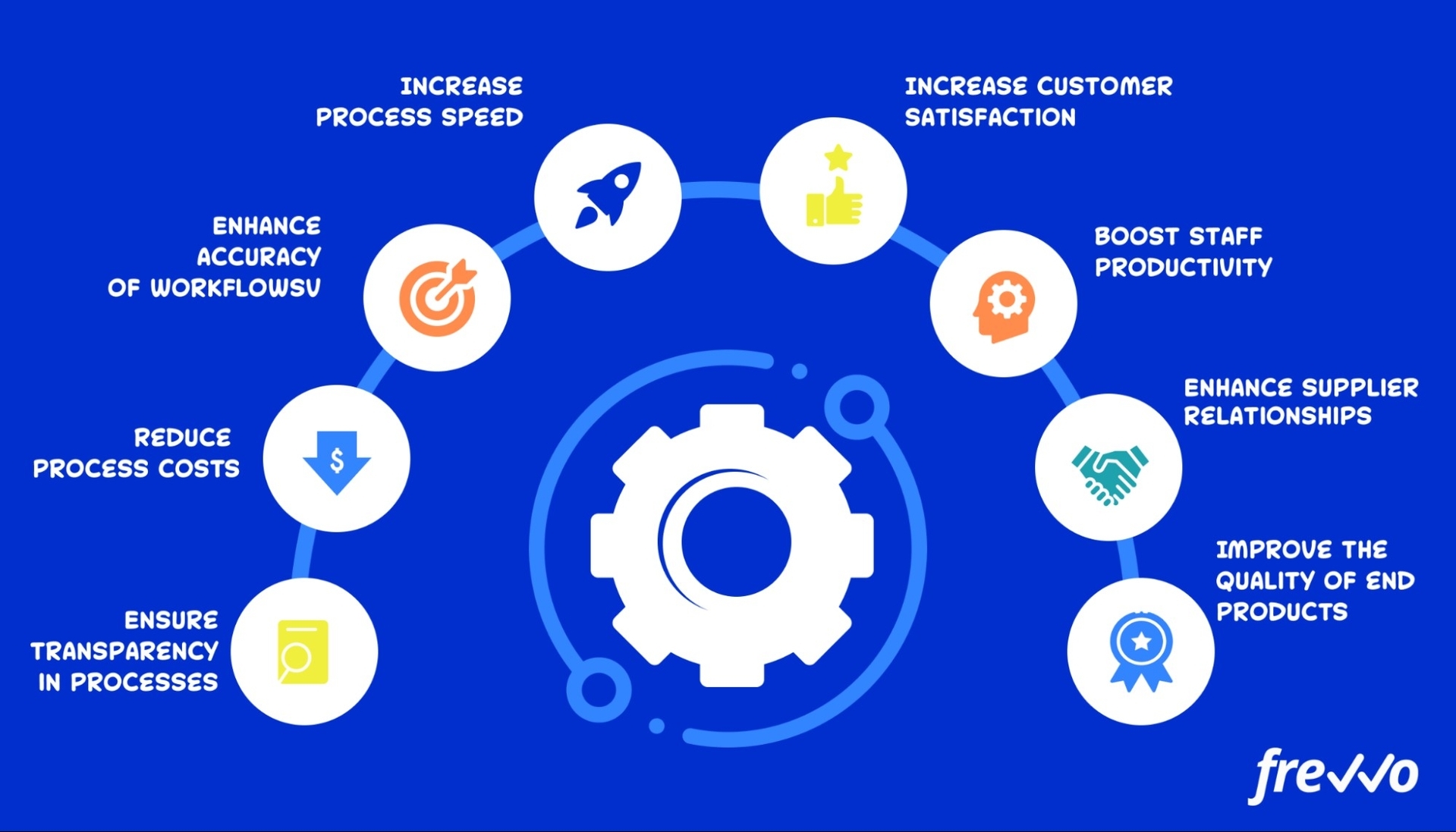
Business Process Improvement (BPI) is a methodology that helps organizations to identify, analyze, and improve their business processes to optimize performance, reduce waste, and create more value for customers. BPI is an iterative process that involves identifying the problem, analyzing the current process, designing a new process, implementing the new process, and monitoring the new process. The goal of BPI is to improve the efficiency and effectiveness of business processes, which can lead to increased productivity, reduced costs, and improved customer satisfaction.
There are several methodologies that organizations can use to implement BPI. One such methodology is the Plan-Do-Check-Act (PDCA) cycle, which is a component of many continuous improvement methodologies. The PDCA cycle involves four stages: Plan, Do, Check, and Act. In the Plan stage, the organization identifies the problem and develops a plan to address it. In the Do stage, the organization implements the plan. In the Check stage, the organization evaluates the results of the implementation. In the Act stage, the organization takes action based on the results of the evaluation.
Another methodology is Kaizen, which is a process improvement methodology focused on continuous improvement that involves the entire company. Kaizen is a Japanese term that means “change for the better.” The goal of Kaizen is to identify and eliminate waste in the production process, which can lead to increased efficiency and reduced costs.
Total Quality Management (TQM) is another methodology that organizations can use to implement BPI. TQM is a management approach that seeks to optimize the quality of products and services by involving all employees in the organization in the process of continuous improvement. TQM involves several key principles, including customer focus, continuous improvement, and employee involvement.
In conclusion, Business Process Improvement is a methodology that helps organizations to identify, analyze, and improve their business processes to optimize performance, reduce waste, and create more value for customers. There are several methodologies that organizations can use to implement BPI, including the Plan-Do-Check-Act cycle, Kaizen, and Total Quality Management. By implementing BPI, organizations can improve the efficiency and effectiveness of their business processes, which can lead to increased productivity, reduced costs, and
